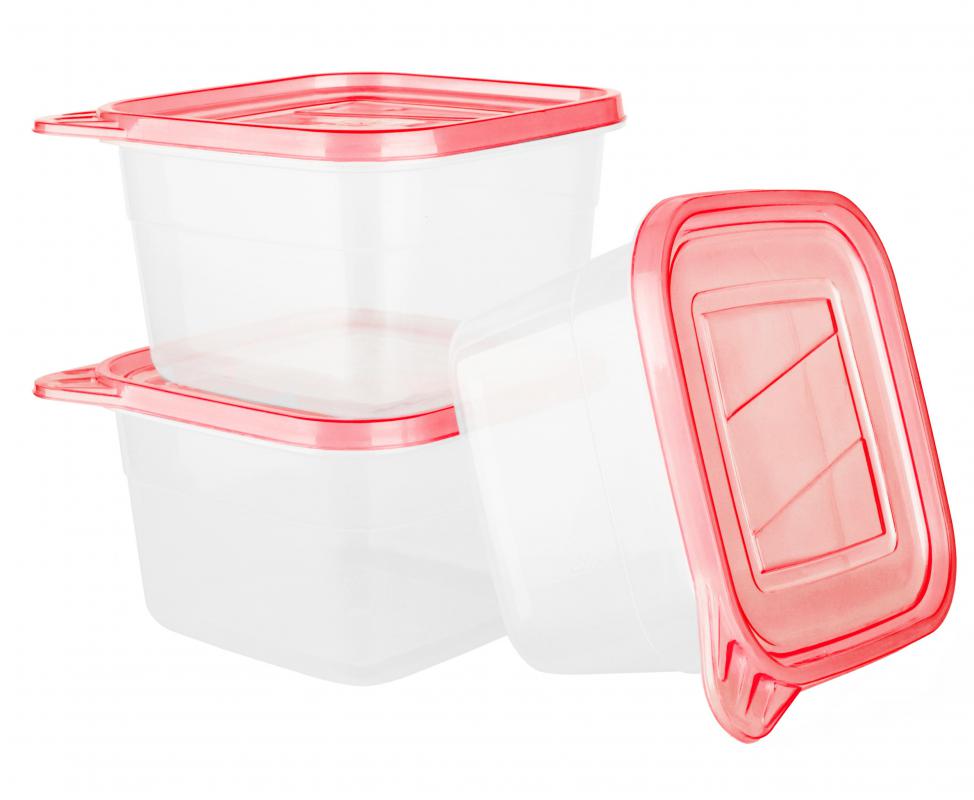At WiseGEEK, we're committed to delivering accurate, trustworthy information. Our expert-authored content is rigorously fact-checked and sourced from credible authorities. Discover how we uphold the highest standards in providing you with reliable knowledge.
What Are the Different Methods of Food Preservation?
There are a number of different methods of food preservation that can keep perishables packaged and safe for later consumption. Commercial food preservation techniques typically involve the addition of preservatives or other additives to the food to prevent bacterial growth; the packaged foods purchased at the grocery store are typically preserved for freshness in this way. Many people want to grow and preserve their own food for various reasons, however, such as to save money or to avoid exposure to pesticides or chemical additives. There are a number of different methods of food preservation that can be undertaken at home, such as canning, freezing, or drying many different types of foods. Some of these are easier than others, and it is important to understand the methods to ensure the food is safe to eat.
Freezing is one of the simplest means of food preservation. Many different types of foods can be frozen, from fresh vegetables to prepared casseroles, soups, or sauces. Some vegetables need to be cut and blanched first, which involves boiling them for several minutes, and then dipping them in cold water, to ensure they hold up in the freezer. Others can simply be picked and frozen. The key is to freeze them when they are fresh-picked, and to reduce exposure to air as much as possible. Some people use a vacuum sealer to accomplish this.

Another one of the more common methods of food preservation is canning. This works well for many different types of fruit and vegetables, as well as pickled foods. Water-bath canning and pressure canning are two different methods that ensure the canning jars are heated to a sufficient temperature in order to kill bacteria; if this is not done properly, canned foods can be extraordinarily unsafe. Making jam or preserves with fresh fruit is another method of food preservation that is slightly easier. Regardless, be sure to do research before canning anything.

Drying or smoking foods are some of the more traditional ways to preserve food. Dried foods are not cooked, but the moisture is removed to prevent bacterial growth. Today, many people simply use a food dehydrator to dry foods in a quick and simple way, though it is also possible to just use the oven. With practice and conscientiousness, many people find that these different methods of food preservation allow them to enjoy healthy, fresh foods year round that are free of preservatives or other additives.
AS FEATURED ON:
AS FEATURED ON:

















Discussion Comments
Be very careful with your preservation methods if you are training yourself. Jam in particular can actually end up being quite deadly if you do it wrong, because if the wrong kind of mold gets into it, you will get very sick from food poisoning when you come to eat it.
The same thing goes for canning and any other food preservation method that involves shutting it up and doesn't involve using a solution that will kill off bacteria (like pickling solution).
Always sterilize as much as the directions call for and even more if you can and remember to clean the food and your hands and everything else within arms reach.
@Mor - There's a really good book that goes into detail about many of the ancient methods of preservation called "Salt" which if definitely worth a read.
I would argue that it was a good thing that we discovered freezing so late, because we discovered all kinds of interesting recipes before that on our quest to preserve foods. Many of the different sauces we use today, for example, were once made simply by adding salt and herbs to a vegetable that someone was hoping to keep for a longer period of time.
I think freezing is something that people take very much for granted these days but it really is only a very recent innovation. People knew in a general sense that you could preserve things by freezing them I'm sure, and maybe some cultures would do it more or less deliberately, but it took a while before people started to seriously study the effect (for example, that even cooling something down was effective without freezing it) and even longer before someone figured out how to create artificial frozen conditions.
Before then we simply had no way of keeping food without completely changing the way it tasted. And moving massive quantities of it across countries would have been close to impossible.
Post your comments